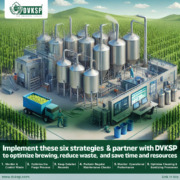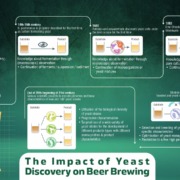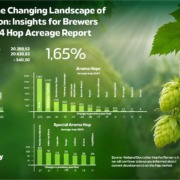Hops and Malts Advance Booking Started for Crop Year 2014.
We have started advanced booking of Hops and Malts for Crop Year 2014. Booking will open till 15th Aug 2014. Get best price for advance booking.
Benefits of Advance Booking:
- Best Quality Material for Whole Year
- Get benefits of Lowest price
- Fresh material on time
- We will store material for you whole year at our warehouse with International Standards
- Get material anytime during year.
- Customer Inspection
- Save cost of material and storage.
- Enjoy Brewing with our premium quality products.
Hurry!!!!!
Cheers!





 DVKSP Impex Pvt Ltd
DVKSP Impex Pvt Ltd 
Leave a Reply
Want to join the discussion?Feel free to contribute!